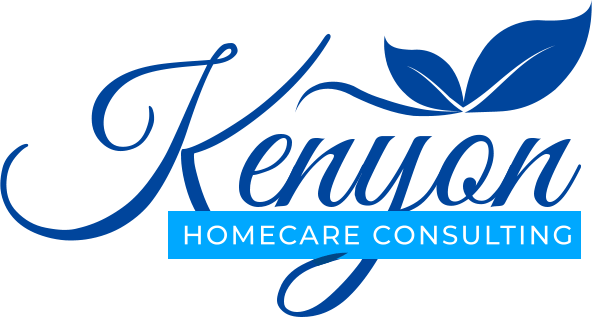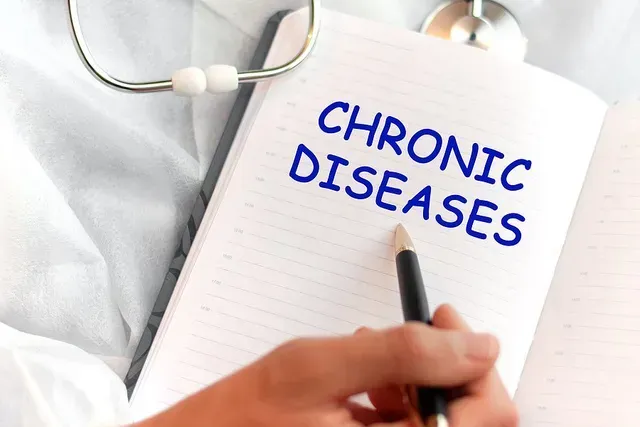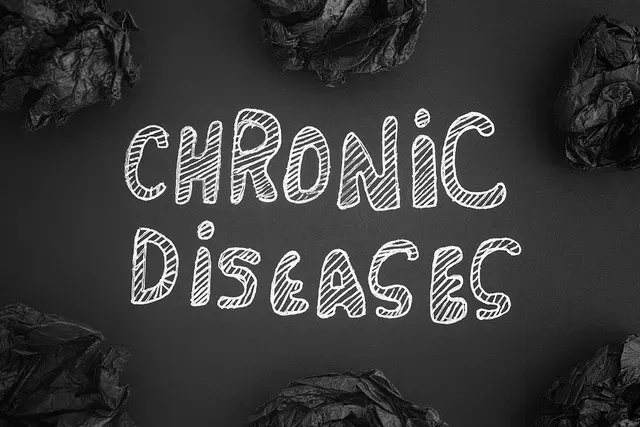Transforming Healthcare: Why Oasis Integrity and Accurate Coding Matter
In the complex, regulated world of Medicare home health, two documentation elements, the Outcome and Assessment Information Set (OASIS) and ICD-10-CM Coding, are foundational. They are not merely regulatory hurdles; their integrity and accuracy are non-negotiable drivers of patient care quality, compliance, and, critically, an agency’s financial health.
The Crucial Role of OASIS and ICD-10
The OASIS Assessment is the standardized patient assessment tool used by Medicare-certified home health agencies to collect data on patient conditions, functional status, and care needs which contributes to:
- Care Planning: The OASIS Assessment provides a comprehensive clinical picture, serving as the basis for the patient's personalized Plan of Care (POC) and guiding all clinical disciplines (nurses, therapists, social workers).
- Quality Reporting: OASIS data is the primary source for the majority of measures in the Home Health Quality Reporting Program (HHQRP). This data is publicly reported on Medicare’s Care Compare website and directly determines an agency's Home Health Star Ratings and performance under the Home Health Value-Based Purchasing (HHVBP) model.
ICD-10 Coding: The Clinical Language of Home Health and Hospice
ICD-10-CM (International Classification of Diseases, 10th Revision, Clinical Modification) codes provide the standardized, granular language used to report patient diagnoses. The coding for home health and hospice is unique to this part of the health care industry and therefore only certified OASIS and ICD-10 coders should be providing these services for your agency.
- Medical Necessity: Accurate ICD-10 codes establish the medical necessity (one of the required elements required by Medicare eligibility for services) to support the services outlined in the POC.
- Clinical Alignment: Coding must align with the physician’s documentation and the clinical story captured in the OASIS assessment to ensure consistency and support for the services provided.
Financial Implications of Inaccuracy/ Reasons for failure to capture money rightly due
Inaccurate OASIS scores and ICD-10 codes can have major financial consequences for home health agencies, primarily under the Patient-Driven Groupings Model (PDGM).
Reduced Reimbursement: Understated functional impairment levels (e.g., lower scores on mobility or grooming items) lead to a lower Case-Mix Group. Case mix in home health care is a complicated system used by the Centers for Medicare & Medicaid Services (CMS) to classify patients based on their clinical condition, functional status, and resource needs for the purpose of adjusting payment to Home Health Agencies (HHAs). The goal of a case-mix system is to ensure that home health agencies are paid an appropriate amount that reflects the complexity, diversity, and severity of the patients they treat.
The current case-mix system used for Medicare home health payment is the Patient-Driven Groupings Model (PDGM), effective since January 1, 2020. Under the PDGM, a 30-day period of care is categorized into one of 432 Home Health Resource Groups (HHRGs) based on key patient characteristics:
- Admission Source (Institutional vs. community)
- Timing (Early vs. late 30-day period)
- Clinical Group (The primary reason for home health services, based on the principal diagnosis)
- Functional Impairment Level (Low, medium, or high, based on OASIS assessment data)
- Comorbidity Adjustment (Three-tiered adjustment for selected secondary diagnoses)
Each of the 432 groups has an associated case-mix weight that is used to adjust the national, standardized 30-day payment rate. The final payment is higher for more complex, resource-intensive patients (a higher case mix) and lower for less complex patients.
Missed Revenue Opportunities:
As noted above, using a general code when a more specific one is available can lower the CGM, particularly missing potential comorbidity adjustments that can increase payment significantly.
Claim Denials and Audits:
When coding is inaccurate as a result of poor OASIS scoring, discrepancies occur (e.g., a coded primary diagnosis that isn't supported by the OASIS assessment's clinical documentation). These are major red flags for payers, Additional Documentation Requests (ADRs), denied claims, and heightened risk of costly audits and takebacks.
Financial Penalties: Poor OASIS accuracy can deflate an agency's Quality Star Ratings, potentially hurting referral volume and resulting in financial penalties under the HHVBP model, which ties payment adjustments to quality performance.
Best Practices for Ensuring Integrity
To protect financial stability and ensure high-quality patient care, agencies must prioritize accuracy in both data sets:
- Integrated Quality Assurance: Implement concurrent or pre-billing reviews by certified professionals for both ICD-10 coding and OASIS responses, ensuring alignment between the diagnosis, the patient's functional status, and the plan of care.
- Targeted Education: Provide ongoing, specific training to clinicians and coders on the official ICD-10-CM Coding Guidelines and the latest OASIS Manual guidance (such as the new OASIS-E items), focusing on key areas that impact PDGM case-mix.
- Leverage Technology: Utilize Electronic Health Record (EHR) software with built-in validation tools to catch inconsistencies and errors before claims are submitted, minimizing the administrative burden of corrections and appeals.
The integrity of OASIS data and the accuracy of ICD-10 coding are the central pillars supporting the success of a home health agency. By making a continuous commitment to high-quality documentation, agencies can optimize reimbursement, maintain compliance, and, most importantly, deliver the best possible care to their patients.
If you are receiving less income than you think you should or are unsure how to determine the correct reimbursement that you should be getting, contact Kenyon Home Care Consulting at 206-721-5091 or email gkenyon@kenyonhcc.com We are here to help.
Results Based Consulting
Did you find value in this blog post? Imagine what we can do for your home care or hospice agency. Fill out the form below to see how we're leading the industry with innovation, affordability, and experience.










